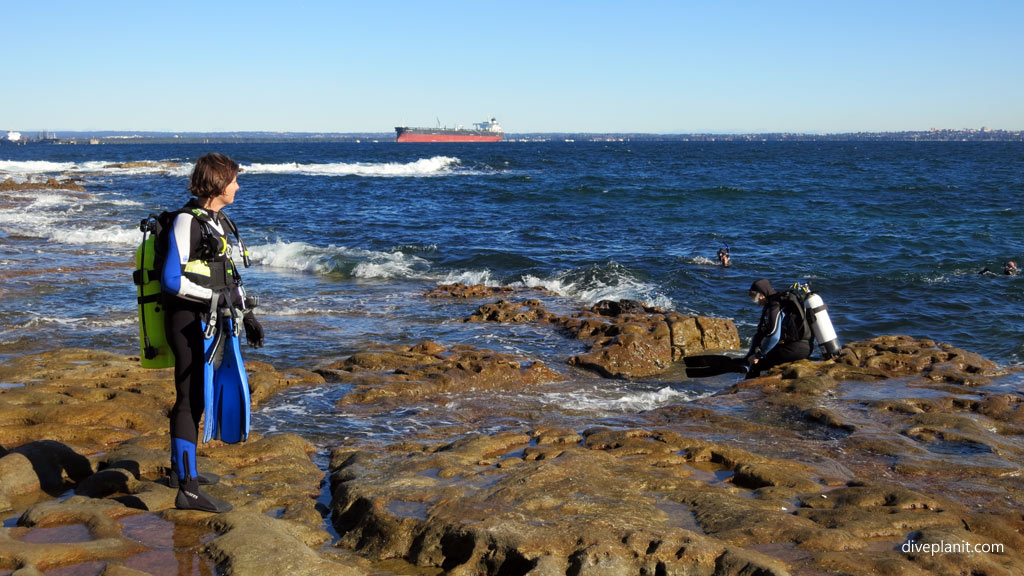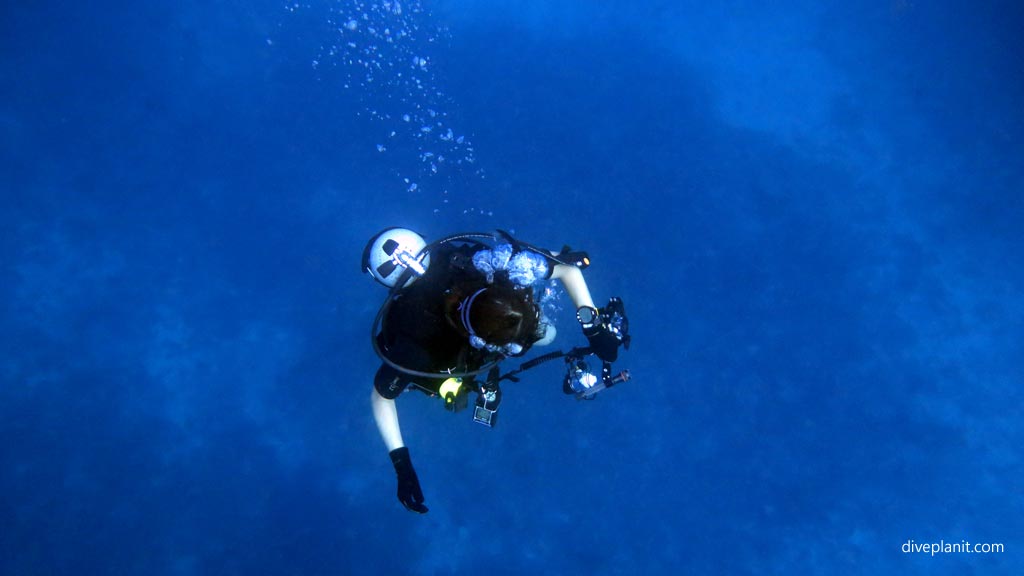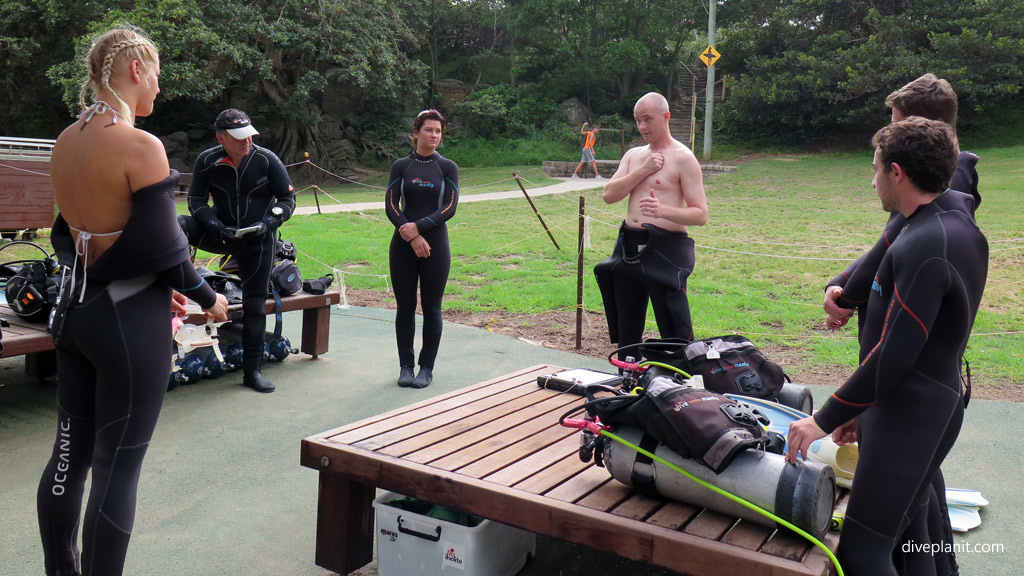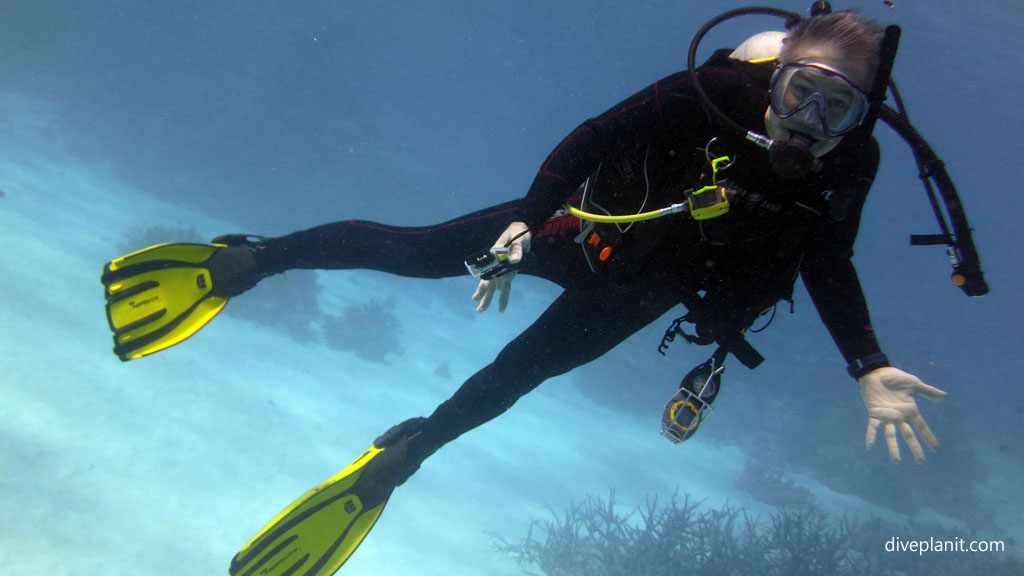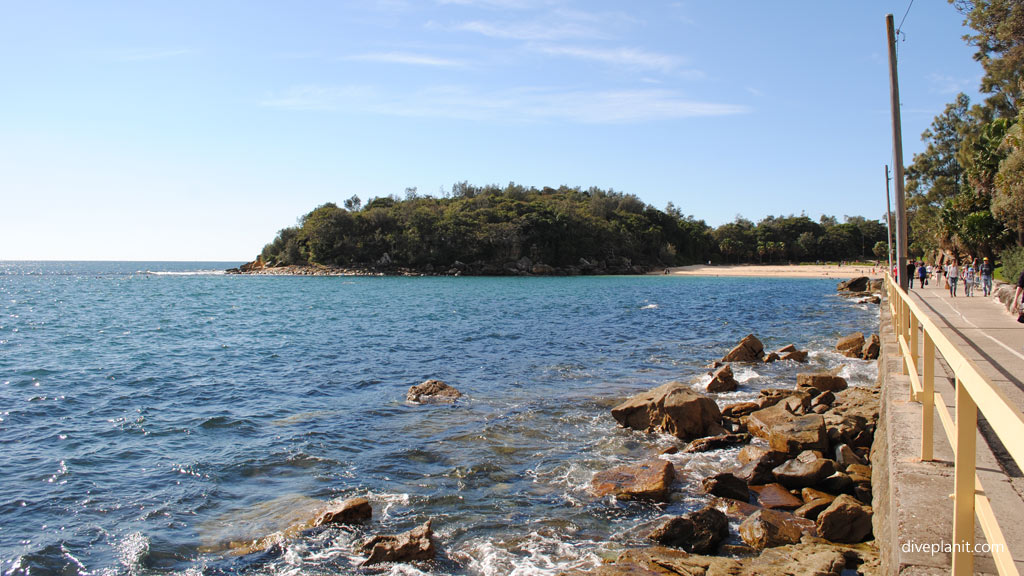One of the most common mistakes divers make is insufficient dive planning. A Dive plan does not need to be complicated – in fact, often the simpler the better. Having even a basic dive plan can help you recover from a minor incident and continue the dive, or safely conclude a dive that might otherwise turn ‘messy’. DAN provides some pointers on the basics of dive planning, (with some anecdotal notes in italics from Diveplanit).
Dive Site Knowledge
Learn as much as possible in advance about any site you plan to dive. Before you even head out to a site, make sure to investigate currents, depths, marine life, entry and exit points, surfacing techniques, boat traffic, environmental health concerns, etc.
If you and your buddy have never dived a site before do as much research as you can; and don’t be afraid to ask anyone coming out of the water as you’re going in – what the conditions are on the day – they’ll be more than happy to tell you.
If you’re diving with someone who has dived the site before, quiz them thoroughly, preferable before you get to the water’s edge.
Surface Support
- Check out what surface support you may need and what local laws or regulations may apply to your planned diving activity.
- Inform someone who is not coming on your trip what your dive plan is and when you expect to be back.
On the same note, when you do get out of the water, send them a message to tell them you’re out safe and sound.
Plan the Dive – Dive the Plan
Prior to your dive, make sure you and your buddy are on the same dive plan. Discuss contingencies should conditions change during your dive. Establish the maximum depth, maximum bottom time and minimum air supply to terminate the dive.
This is especially important if you’re diving in a group and you’ve been paired with a complete stranger. Ask (gently) about (the variety of) their dive experience, likely air consumption rate, exposure to the kind of dive you’re about to undertake: wreck, deeper than average dive, currents etc. If you feel that your combined experience is insufficient – ask for a new pairing.
Discuss ‘situations’
Review what you and your buddy would do if you were to become separated, exceed your planned dive or experience an out-of-air emergency or an equipment issue underwater. Having these discussions on the surface helps you prepare as a buddy team to manage any situations that may arise while underwater.
It’s hard enough underwater to say: “Please just hover here while I take a photo of you and this nice sea fan”. Having had the discussion prior, the actions required should be obvious.
Review Hand Signals
Review hand signals with your buddy.
Theoretically everyone’s hand signals should be the same, but check the main ones anyway. Your “I’m having trouble clearing this ear” might be his: “I’m sorry – I can’t hear a word you’re saying!”
Underwater charades can be fun, but usually they’re just infuriating!
Equipment and Buddy Check
Conduct a pre-dive test on all of your equipment, particularly any rented gear. Use a written or mnemonic checklist to ensure you don’t overlook an essential step. Don’t skip the buddy check.
It’s best not to find out that a) you forgot to turn your air on only when you take your third breathe at 4 metres; or b) the occy on the rented rig doesn’t actually work only when you stick it in your buddy’s mouth because his first stage has packed up.
Emergency Action Plan
Remember to create an emergency action plan (EAP). This essential tool that divers are taught how to construct in their advanced training courses should include what prompts an emergency response, important contact information, the nearest medical facility and the best means of getting there as well as essential first aid equipment.
When I first started diving off the south coast of England, sometime in the last century, the EAP usually involved a red telephone box – 4 miles up the road from the dive site. Today, now everyone has a mobile phone, things should be much easier.
But imagine the situation: you surface with a distressed diver – even at your favourite regular dive site. What are you going to do? Can you attract attention? If so, can you get help to him, or do you need to get him to shore? If so, where? If you have thought about these things before the dive when your head is clear, you’ll be streets ahead should the situation ever arise.
Dive plans don’t have to be complicated or inflexible, but they are essential to prevent and manage diving incidents.
Remember Murphy’s Law: “If something can go wrong – it will!” Murphy is alive and well – and you just may end up diving with him one day!
These tips are presented by DAN. Engage with DAN on Facebook for insights into various dive-related safety and medical issues. For deeper information dive in here.
If you liked this post, you might also like Ten Tips for Tropical Diving.

